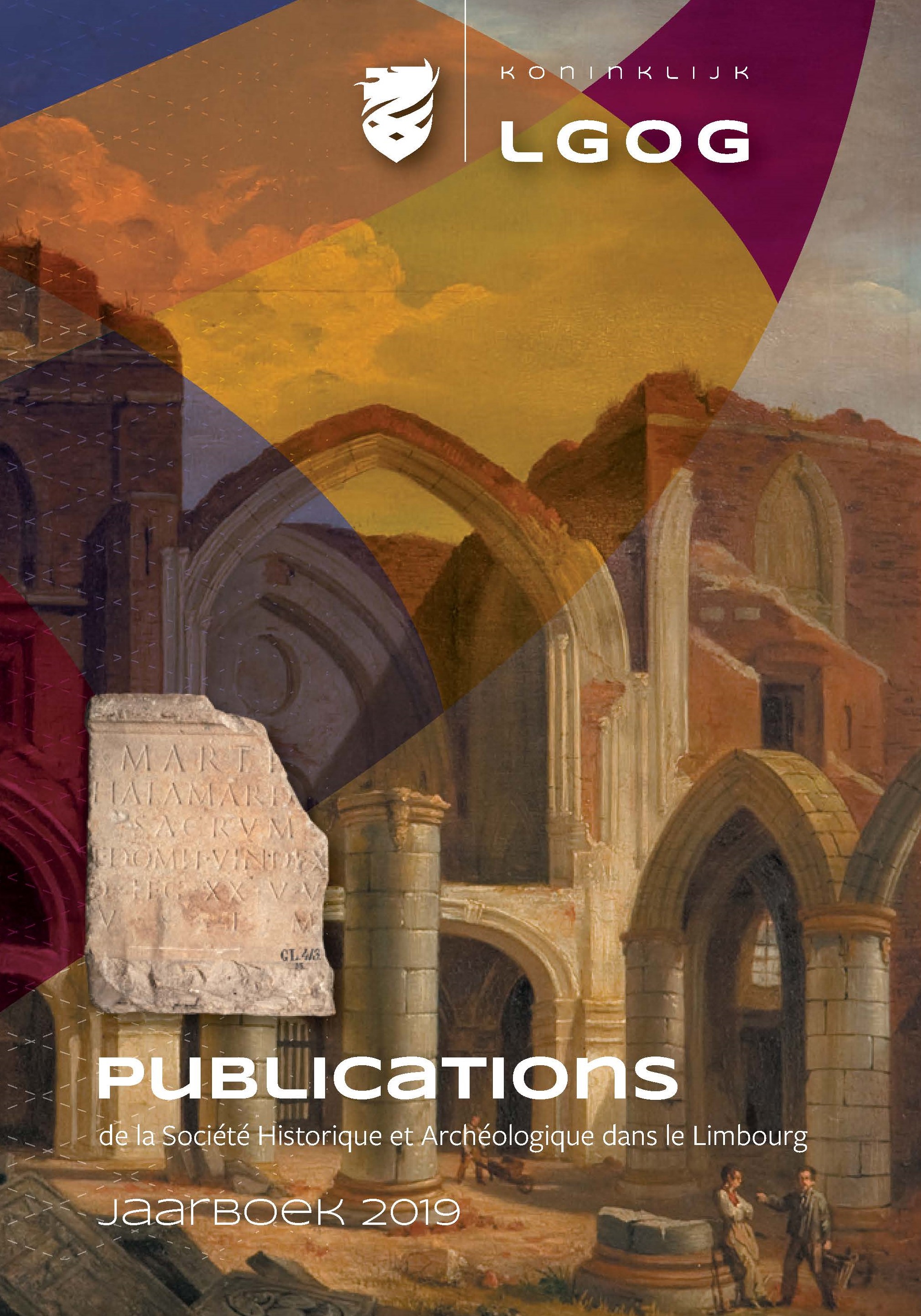De wederopbouw van Limburg
Samenvatting
Post-war reconstruction of the Netherlands is often associated with restoration of pre-war structures and traditional values: a fortiori in Limburg, where Roman Catholicism seemed more firmly rooted than anywhere else in the Netherlands.
To counteract secularization and ‘moral degeneracy’, the diocese of Roermond built and rebuilt churches, founded new parishes, reorganized its seminary and forbade or discouraged any form of cooperation or contact between Roman Catholics and people or organizations beyond the clergy’s control. So-called ‘Roman Catholic urban planning’ was implemented in order to perpetuate the status quo.
Even so, in the long run urbanization and industrial development thwarted clerical strategies. Striking evidence may be found on the field of demography and birth control. Despite a persistent ban on contraception, marriage fertility rapidly declined: a silent revolution, taking place in the bedroom.
A more visible consequence of social change was the new working class youth culture. Old-fashioned youth organizations met with indifference or outright aversion. Young unskilled workers, both male and female, preferred streets, cinemas and dance halls. In Maastricht some young priests remodelled an ossified pre-war boys’ group into an open youth centre where boys and girls could meet and dance around the juke-box.
Irony of history: many an institution founded by the Church in order to curb modernization, turned out to be a vehicle of emancipation. The post-war reconstruction period made Limburg more Dutch in the end: less clerical, less docile, more secular and enlightened.
Downloads
Downloads
Gepubliceerd
Nummer
Sectie
Licentie

Dit werk wordt verdeeld onder een Naamsvermelding 4.0 Internationaal licentie.
Auteurs behouden het volledige auteursrecht op hun werk en verlenen het tijdschrift het recht van eerste publicatie. Artikelen worden verspreid onder de voorwaarden van de Creative Commons Naamsvermelding 4.0 Internationaal (CC BY 4.0).



